Diamond is the hardest naturally occurring substance, and also one of the most valuable natural substances. Because of its hardness, the diamond is the most lasting of all gemstones. In Europe, North America, and Japan, diamonds are widely used for engagement and wedding rings. Diamonds are also used in industry for cutting, grinding, and boring other hard materials. About half of the world’s natural diamonds are suitable only for industrial use. A small percentage are set in jewelry. Diamond is the birthstone for April.
What diamonds are.
Diamonds are crystals that are made up almost entirely of carbon. Some diamond crystals have six faces, but most form octahedrons, which have eight faces (see Octahedron). Other crystal shapes also occur, some of which are complex. Natural diamonds probably form in Earth’s upper mantle—the zone beneath the crust—where high temperature and pressure cause diamonds to crystallize. Diamonds are later brought to Earth’s surface by volcanic activity.
A diamond can only be cut by another diamond. However, a diamond can be cleanly broken with a sharp, accurate blow because of its cleavage. Cleavage is a property some minerals have of splitting in certain directions and producing flat surfaces. A diamond will not dissolve in acid. But it can be destroyed when it is subjected to intense heat. If a diamond is heated in the presence of oxygen, it will burn and form carbon dioxide. If it is heated without oxygen, a diamond will turn to graphite, a form of carbon so soft that it is used as a lubricant.
Where natural diamonds are found.
The first diamonds were discovered thousands of years ago in the sand and gravel deposits of stream beds. Diamonds found in such deposits are called alluvial diamonds. The diamond fields of South Africa were discovered in 1867, when a farmer’s child found “a pretty pebble” near the banks of the Orange River. The “pebble” proved to be a diamond worth $2,500. In 1870, diamonds were discovered for the first time in kimberlite. This rare rock forms pipe-shaped bodies, which once filled the throats of some volcanoes. A huge diamond deposit was found in 1979 in Western Australia. The Australian diamonds occur in a kind of rock called lamproite.
Even in the richest deposits, tons of rock must be mined and crushed to produce one small diamond. Some diamond mines produce about 1 carat (200 milligrams, or .007 ounce) of diamonds for every 3 tons (2.7 metric tons) of rock mined. The world’s diamond mines produce about 130 million carats each year. The leading producers of natural diamonds include Australia, Botswana, Canada, the Democratic Republic of the Congo, and Russia.
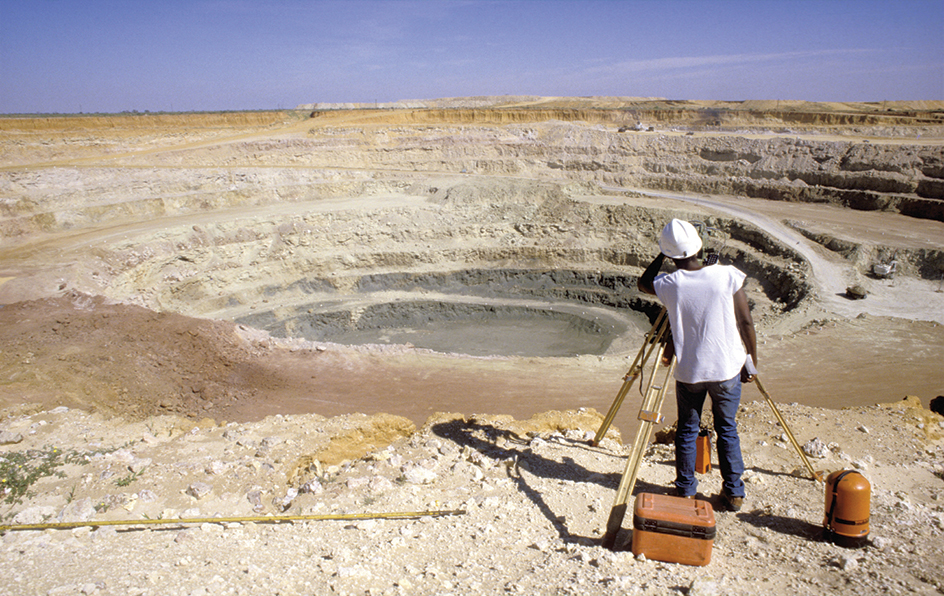
The United States has no commercial diamond mines. However, kimberlite has been found in Arkansas, Colorado, Michigan, and Montana, and single alluvial diamonds have been discovered in a number of states.
How diamonds are cut to make jewels.
Diamonds have great power to reflect light, bend rays of light, and break light up into the colors of the rainbow. But to produce the greatest possible brilliance in a diamond, many little facets (sides) must be cut and polished on it. Each tiny facet must be exactly the right size and shape and must be placed at exactly the right angle in relation to other facets.
During the 1400’s, diamond cutters learned how to shape and polish a stone by using an iron wheel coated with diamond dust. As people learned more about diamonds, they discovered the shapes that give the greatest brilliance. The style of cut often seen today is the round shape with 58 facets, which is called the round brilliant cut. This style of cutting was begun in the 1600’s. Diamond saws cut diamond crystals with great accuracy, and so help prevent waste.
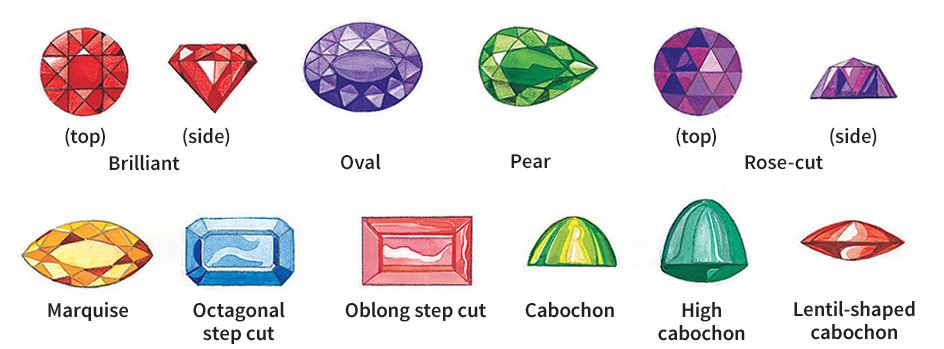
How diamonds can be judged.
Gem diamonds are graded according to weight, clarity, color, and cut. The weight of a diamond is measured by the carat. The clarity of a diamond can be lessened by various kinds of flaws. Among these flaws are inclusions (other substances enclosed in the crystals), small bubbles, and small fissures (cracks), which jewelers sometimes call feathers. The best-quality diamonds—and the most valuable ones—are completely colorless. Few diamonds reach this standard. Many diamonds have a yellowish tint. Other diamonds are black, blue, brown, green, pink, purple, or red. Red is the rarest color in natural diamonds. The way a diamond is cut may affect its value because a stone that is not properly proportioned lacks the brilliance of a well-cut stone.
In buying a diamond, the buyer should have the advice of a reliable dealer. Terms used to describe gem diamonds vary considerably. A flawless diamond should have no physical defects, such as cracks, inclusions, scratches, blemishes, or a cloudy appearance, even when magnified. But a flawless diamond may not be colorless. Some people consider a diamond to be perfect if it is colorless as well as flawless, has high clarity, and is correctly cut.
Cutting and polishing a rough diamond is a slow and costly process. It must be done by highly trained workers, who take many years to learn their trade.
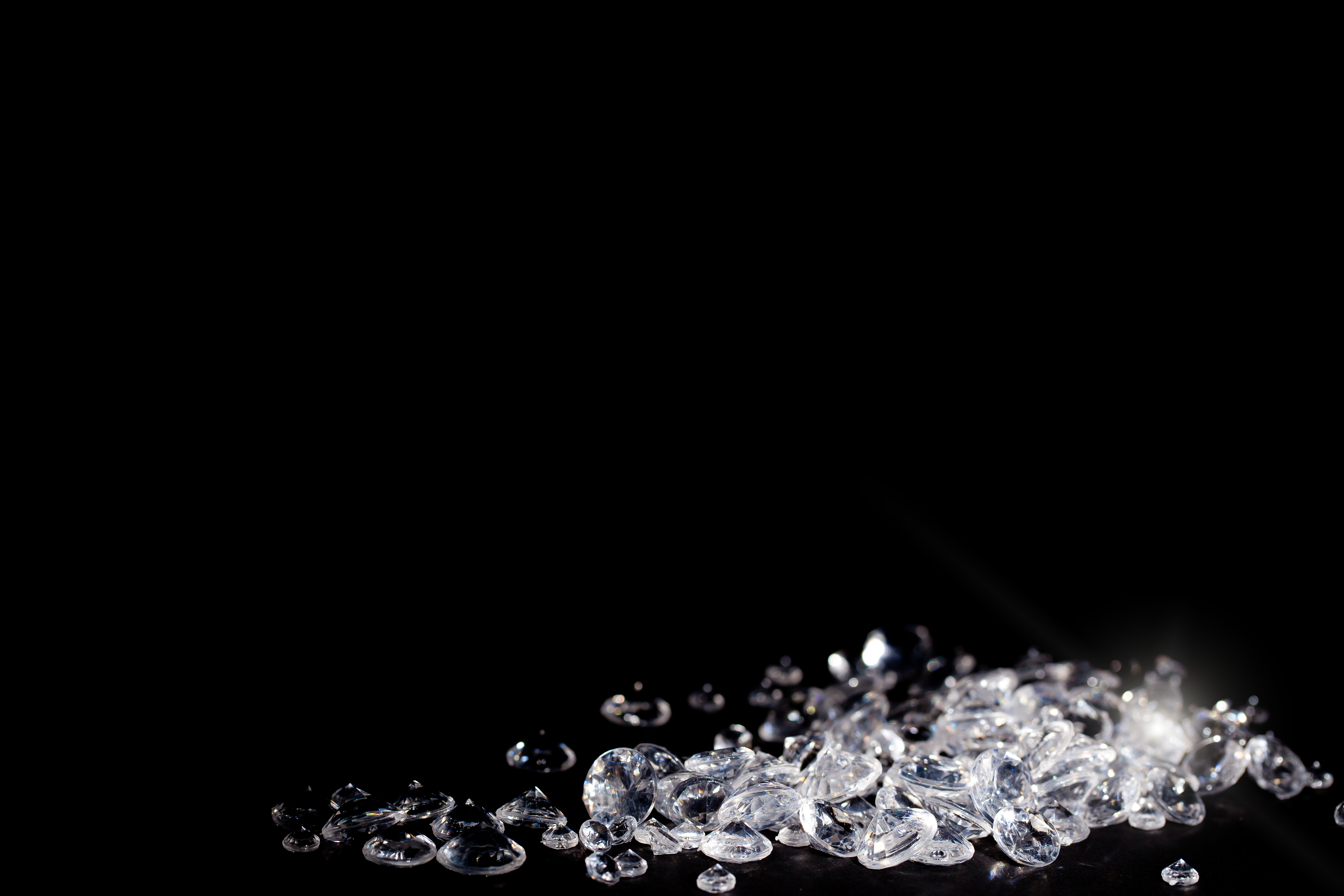
Famous diamonds.
Many large diamonds of rare quality are the property of royalty or of a government. The largest stone ever discovered was the Cullinan. This diamond, found in 1905 in the Premier Mine of South Africa, weighed 3,106 carats, or about 11/3 pounds (0.6 kilogram). It was purchased by the Transvaal government and presented to King Edward VII of the United Kingdom. Transvaal was a British colony in what is now South Africa. Amsterdam cutters cleaved (split), cut, and polished the Cullinan into 9 large gems and 96 smaller stones. One of the largest cut diamonds in the world came from the Cullinan. It is the 530-carat Cullinan I or Star of Africa.
In 1934, the Jonker diamond was found. It weighed 726 carats, and was said to be unequaled in purity. Between 1935 and 1937, the Jonker was cut into 12 flawless stones. The largest stone weighed 125 carats. The Orloff is a magnificent Russian crown jewel bought by Prince Orloff for the Empress Catherine II. This huge diamond is said to have been stolen from the eye of an idol in a Hindu temple. The Koh-i-noor, now in the British crown jewels, was for many centuries possessed by Indian and Persian rulers. The United Kingdom acquired it when the British annexed the Punjab in 1849.
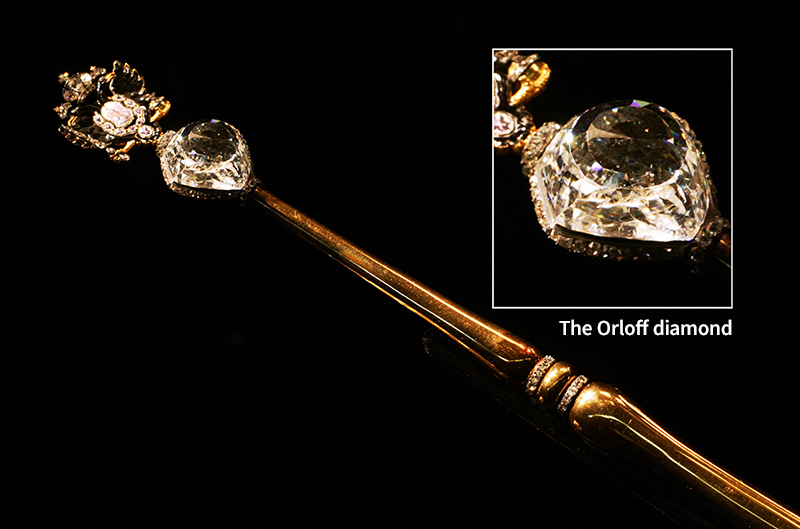
The Regent diamond, once known as the Pitt diamond, is an Indian gem regarded as one of the most beautifully cut of the world’s large diamonds. It is owned by the government of France and is on display in the Louvre in Paris. The blue Hope diamond became the property of the Smithsonian Institution in the United States in 1958.
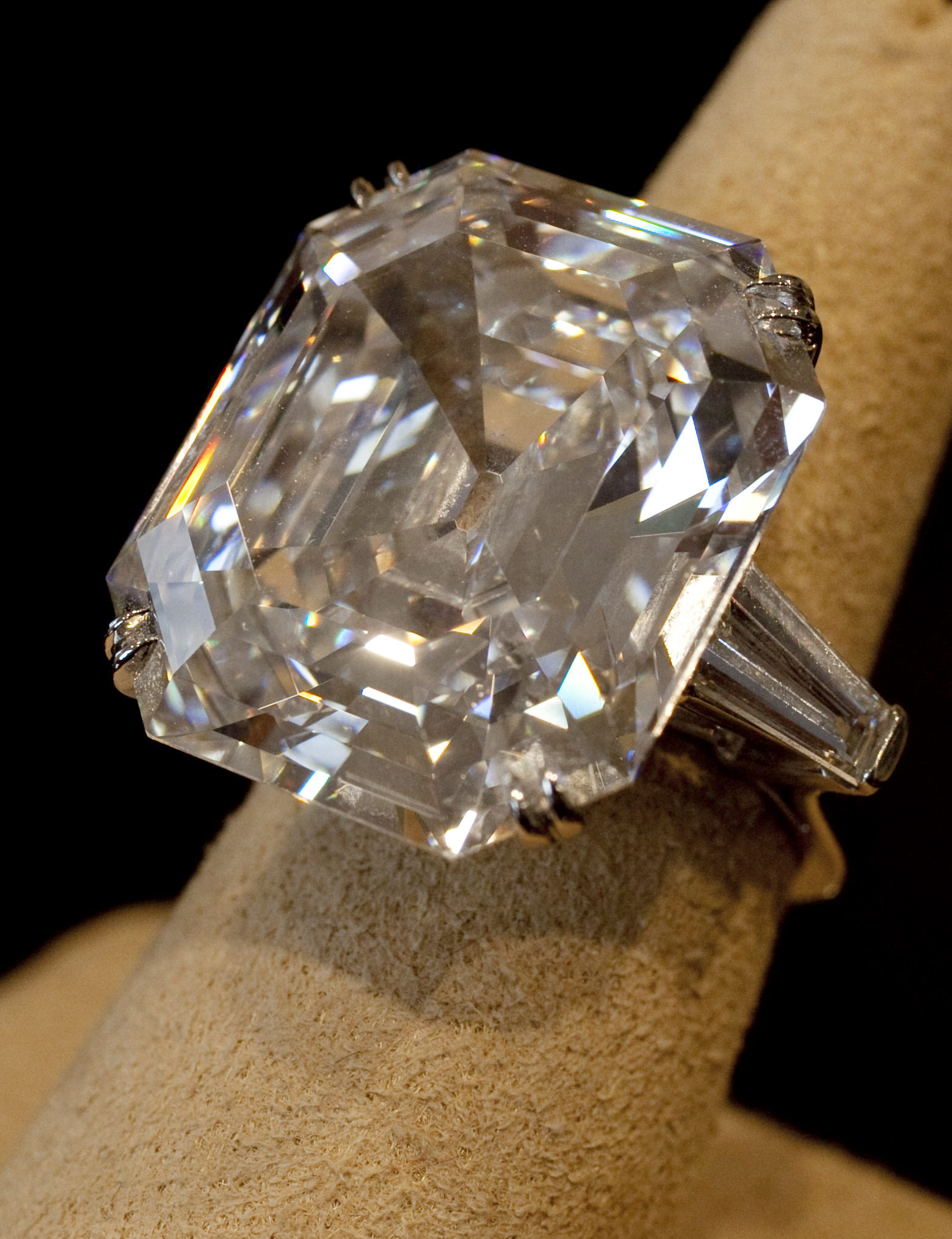
Industrial uses.
Diamonds unsuitable for cutting into gemstones are widely used in industry. Industrial-grade diamonds include stones that are imperfectly formed, contain many inclusions or other flaws, or have poor color. Manufacturers need these diamonds to shape, with great accuracy, hard metals that are used in making automobiles, airplanes, and various types of engines and other machinery. Diamonds are used in such work because of their extreme hardness. They can cut, grind, and bore hard metal quickly and accurately. Sometimes whole rough diamonds are set into industrial tools. Sometimes, the diamonds are crushed and then baked onto cutting tools. Occasionally, diamonds are cut into special shapes before they are set into tools. Diamonds are set in the ends of drills used in mining. Fine wire is drawn to size through diamonds in which tapering holes have been cut.
Synthetic diamonds.
The demand for industrial diamonds cannot be met by the supply of natural diamonds. For this reason, industry now depends on synthetic diamonds. The world’s first synthetic diamond was produced in 1954 at the General Electric Research Laboratory. Scientists made the diamond by compressing carbon under high pressure and heat. Today, several companies manufacture industrial diamonds.
In 1970, the General Electric Company produced the first synthetic diamonds of gem quality and size. Scientists use these diamonds to research new uses for diamonds. For example, researchers have found that adding small amounts of the chemical element boron to synthetic diamonds turns them into semiconductors. Semiconductors are materials with special electrical properties. They are used to make transistors and other electronic equipment.
Imitation diamonds
resemble genuine diamonds. Some are natural gemstones, such as colorless varieties of spinel and zircon. Others are manufactured from substances that are similar to diamonds in appearance. These substances include glass, yttrium aluminum garnet (YAG), and cubic zirconia. A cubic zirconia is difficult to distinguish from a genuine diamond. Jewelers must use testing equipment to tell them apart. Imitation diamonds are softer than genuine diamonds and may show scratches and other signs of wear.
See also Arkansas (table: Places to visit); Borazon; Gem; Hardness.
